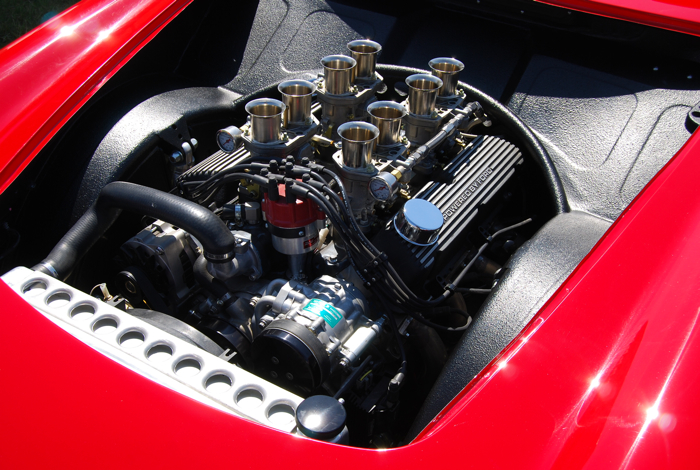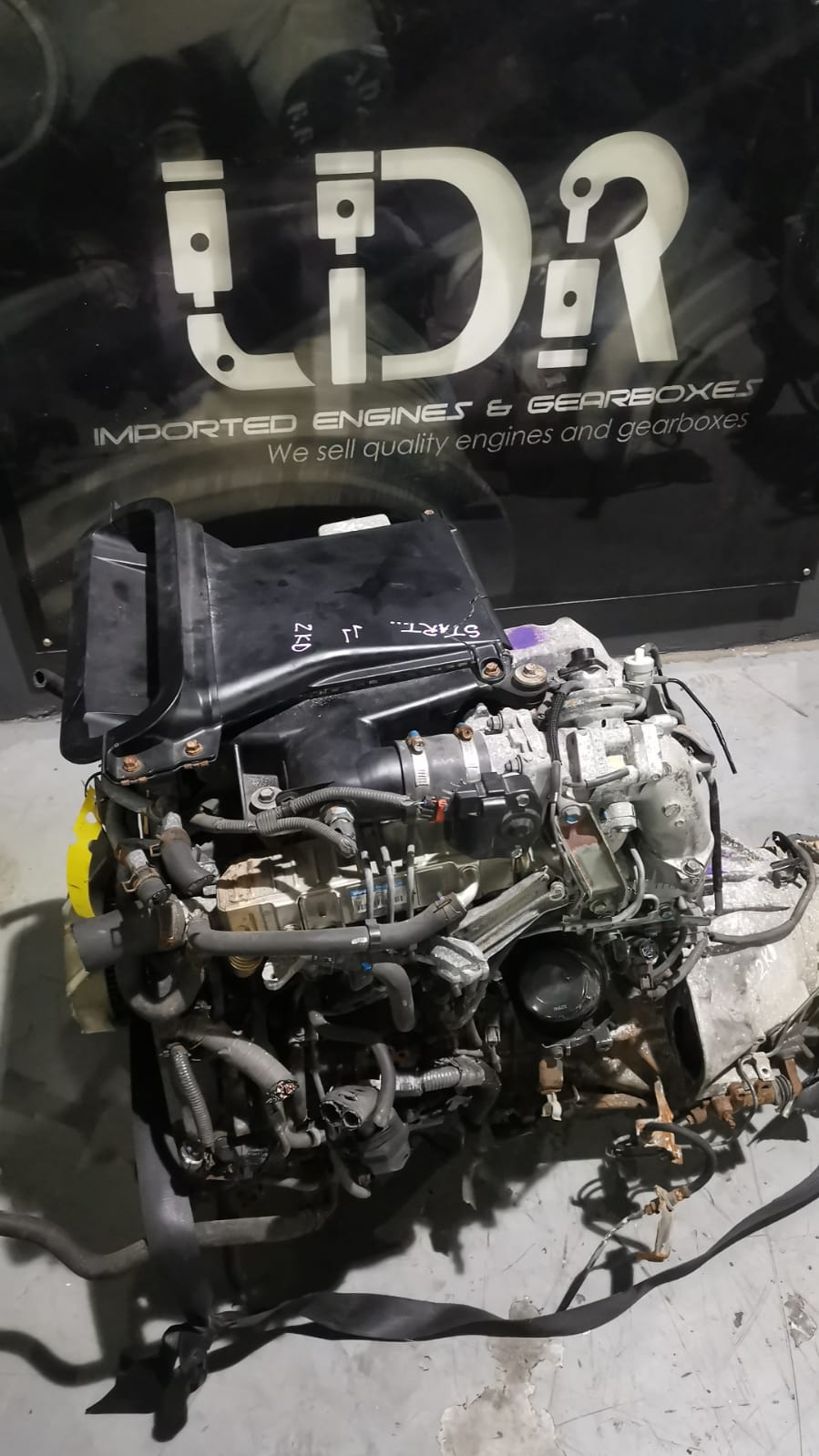Exploring the Inner Operation of a Compact Car's Engine System
As chauffeurs, we usually consider given the complex processes that take place within the boundaries of our vehicle's engine system. The compact yet intricate equipment that drives us forward is a wonder of engineering precision and sychronisation. From the controlled explosions in the burning chamber to the precise timing of gas shot, every component plays an important function in the smooth operation of the engine. In this expedition of a compact vehicle's engine system, we will certainly unravel the internal operations of this mechanical harmony, losing light on the mysteries that drive us ahead on our day-to-day trips.
Burning Refine Introduction
The burning process in a portable car's engine system is a critical device that efficiently converts gas into energy to power the lorry. This procedure occurs within the combustion chamber of the engine, where gas and air mix, fire up, and generate regulated explosions. The combustion process contains four main stages: intake, power, exhaust, and compression.
During the intake phase, the piston moves downward, drawing in a mix of air and gas right into the combustion chamber. The following phase, compression, includes the piston relocating upwards, compressing the air-fuel mix to raise its strength. Subsequently, in the power stage, the stimulate plug ignites the compressed mixture, causing a fast expansion of gases that compels the piston pull back. This downward activity creates the power required to drive the vehicle. Ultimately, in the exhaust phase, the scorched gases are gotten rid of from the burning chamber through the exhaust shutoff, preparing the chamber for the next cycle. This cyclic combustion procedure is essential to the operation of a portable automobile's engine system, making sure reliable energy conversion for propulsion.
Piston and Cylinder Communication

The piston's exact fit within the cyndrical tube is essential for preserving optimum compression and avoiding energy loss during burning. Limited clearances between the piston and cyndrical tube walls make sure efficient securing, enabling the piston to move efficiently without allowing gases to leak past. Proper lubrication is also essential to lower rubbing and use in between these components, enhancing long life and performance.
Furthermore, the style and products utilized in making the piston and cyndrical tube impact engine performance and toughness. Modern engines usually utilize lightweight yet sturdy products like aluminum alloys for pistons and cyndrical tube liners to reduce inertia and improve thermal performance. Generally, the harmonious interaction in between the piston and cyndrical tube is essential to the engine's functionality and total efficiency.
Gas Injection System Performance
Gas shot systems in portable vehicle engines play an important duty in exactly supplying fuel to the burning chamber for regulated and reliable ignition. The gas injection system works by injecting gas into the combustion chamber at the optimum moment throughout the engine's operation (opel corsa engine). This exact timing makes certain that the fuel mixes uniformly with the air for correct burning, resulting in boosted gas effectiveness and reduced discharges
There are primarily two kinds of fuel injection systems utilized in small automobile engines: port gas shot (PFI) and straight fuel injection (DFI) PFI systems inject fuel right into the consumption port prior to the intake valve, while DFI systems infuse fuel straight right into the burning chamber. Both systems have their benefits, with DFI using better gas atomization and PFI giving a more cost-effective option.
Recognizing Engine Cooling Devices
Efficient operation of a small lorry's engine relies heavily on the efficiency of its cooling systems. Engine cooling is necessary to protect against getting too hot, which can lead to severe damage and reduced efficiency. The cooling system in a compact car generally is composed of numerous components working investigate this site together to control the engine temperature level. One essential part is the radiator, which utilizes coolant to soak up warm from the engine. As the warm coolant streams through the radiator, it launches heat into the air, cooling before returning to the engine. The water pump distributes the coolant with the engine and radiator, guaranteeing a consistent circulation to control temperature level. Furthermore, the thermostat assists regulate the coolant circulation to maintain optimal engine temperature. Some cars also have cooling down followers that turn on YOURURL.com when additional air conditioning is required, such as throughout rush hour or warm weather. Understanding these engine cooling mechanisms is important for keeping the performance and longevity of a compact automobile's engine system.

Exhaust System Parts Explained
The ideal functioning of a compact lorry's engine cooling devices depends on a complementary system understood as the exhaust system, which makes up numerous vital elements for making sure reliable discharges and engine efficiency. The exhaust manifold collects exhaust gases from the engine's paths and cyndrical tubes them to the catalytic converter.
One crucial component of the exhaust system is the oxygen sensing unit, which monitors the oxygen degrees in the exhaust gases to assist control fuel intake and make certain optimum engine efficiency. opel corsa engine. In addition, the resonator might exist in some exhaust systems to minimize noise degrees. Generally, the exhaust system plays a crucial duty in preserving engine efficiency, decreasing damaging discharges, and guaranteeing a quieter driving experience for portable lorry owners

Conclusion
To conclude, the portable car's engine system is a complex combination of elements that interact to facilitate the combustion process, convert fuel into energy, and get rid of waste gases. Understanding the internal functions of the engine system, including the piston and cyndrical tube interaction, gas shot useful source system, engine cooling systems, and exhaust system components, is essential for preserving ideal efficiency and efficiency of the vehicle.
The combustion procedure in a compact automobile's engine system is an essential device that successfully transforms gas into power to power the lorry.Fuel shot systems in small automobile engines play a critical function in exactly providing gas to the combustion chamber for efficient and controlled ignition.There are mostly two kinds of gas shot systems made use of in small lorry engines: port fuel injection (PFI) and direct gas shot (DFI) Understanding these engine cooling systems is important for keeping the efficiency and longevity of a small lorry's engine system.
The optimum performance of a compact lorry's engine cooling devices depends on a complementary system understood as the exhaust system, which comprises different essential elements for guaranteeing reliable discharges and engine efficiency.